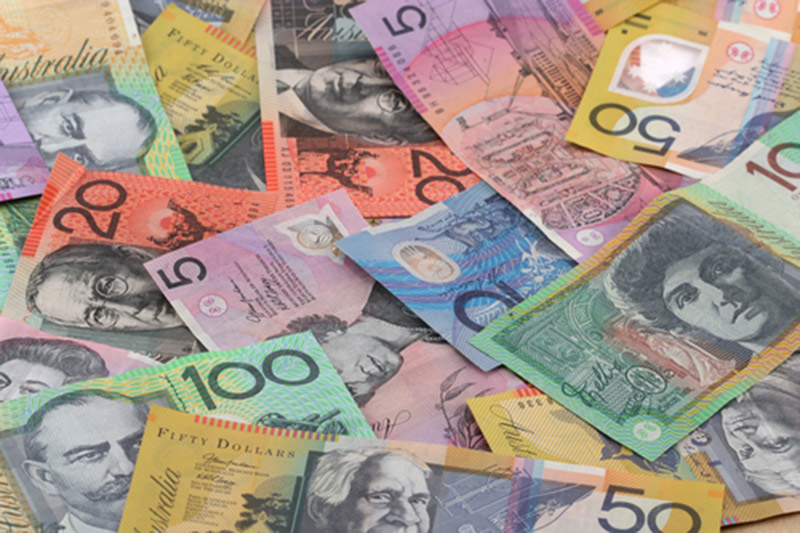Investing.com - The Australian dollar bounced off an eight-week low against its U.S. counterpart on Friday, as traders pared back their expectations for how soon the Federal Reserve will begin raising interest rates following the release of disappointing U.S. employment data.
AUD/USD hit a daily low of 0.9276 on Friday, the pair’s weakest level since June 5, before subsequently consolidating at 0.9314 by close of trade, up 0.22% for the day but still 0.86% lower for the week.
The pair is likely to find support at 0.9276, the low from August 1 and resistance at 0.9387, the high from July 30.
The U.S. Department of Labor said Friday that non-farm payrolls rose by a seasonally adjusted 209,000 in July, below expectations for an increase of 233,000.
The unemployment rate ticked up to 6.2% last month from 6.1% in June. Analysts had expected the jobless rate to hold steady at 6.1% in July.
The disappointing jobs report dampened optimism over the strength of the labor market and reduced expectations that the Federal Reserve will begin to raise rates sooner than previously thought.
The Aussie also found support after official data released Friday showed that China's manufacturing purchasing managers’ index rose to a two-year high of 51.7 in July from 51.0 in June, beating market expectations for a 51.4 reading.
Still, China's HSBC final manufacturing PMI for July ticked down to 51.7 from a preliminary reading of 52.0. Analysts had expected the index to remain unchanged.
The Asian nation is Australia’s largest trade partner.
The greenback had rallied earlier in the week, as strong economic data underlined the view that the recovery is gaining momentum. Official data on Wednesday showed that U.S. economy expanded at an annual rate of 4.0% in the three months to June, outstripping forecasts of 3.0%.
Data from the Commodities Futures Trading Commission released Friday showed that speculators increased their bullish bets on the Australian dollar in the week ending July 29.
Net longs totaled 39,606 contracts, up from net longs of 38,793 in the preceding week.
In the week ahead, investors will be looking ahead to Tuesday’s rate decision by the Reserve Bank of Australia, as well as highly-anticipated Australian July employment data scheduled for Thursday.
Ahead of the coming week, Investing.com has compiled a list of these and other significant events likely to affect the markets.
Monday, August 4
Markets in Australia are to remain closed for a national holiday; however the country is still to release data on retail sales.
Tuesday, August 5
Australia is to release data on the trade balance, the difference in value between imports and exports.
The RBA is to announce its benchmark interest rate and publish its monetary policy statement, which outlines economic conditions and the factors affecting the monetary policy decision.
Later Tuesday, the U.S. is to publish data on factory orders, while the Institute of Supply Management is to release data on service sector growth.
Wednesday, August 6
The U.S. is to publish data on the trade balance.
Thursday, August 7
Australia is to release data on the change in the number of people unemployed and the unemployment rate.
The U.S. is to publish the weekly report on initial jobless claims.
Friday, August 8
The RBA is to publish its monetary policy statement. Australia is also to release data on home loans.
China is to release a report on its trade balance.
